Carbonite and Webroot promise partner programme simplification
Certification requirements will be relaxed to tempt in new partners


Following its acquisition by backup provider Carbonite, security firm Webroot has promised that work is underway to unify and streamline the two companies' channel programmes.
The two companies closed the $618 million acquisition deal in March this year, and has spent the past six months on integrating the two businesses internally, Webroot's director of sales Tim Sheahen told Channel Pro. Now that this work has been largely completed, the company has turned its focus to merging both companies' channel programmes.
"I think what you're going to see is a lot of simplification. There's been some complexities when you're looking at different tiers, different margins, different certification programmes," Sheahen said, "so it's going to be about unification and simplification. Getting everyone on the same margins, get everyone on the same certification paths."
Certification is apparently going to be a significant focus of this simplification effort; Sheahen admitted that Webroot's "very stringent" certification requirements may have put channel firms off from joining the partner programme, and says that the certification requirements of the programme will "absolutely" be relaxed as part of the company's desire to recruit more partners.
"The idea is to, you know, still give some advantages to them, but not making it a deterrent for them to join and be successful."
The routes-to-market for partners is also set to be adjusted slightly; starting in 2020, all net new partners will be driven towards distributors, although existing partners will still be able to buy direct.
"If you look at a lot of the partners that we work with, Webroot works very closely with the MSPs, with the RMM platforms," Sheahen said. "And then on the opposite, Carbonite had a very traditional reseller model, with VARs [and] distribution. And so I think [partners are] looking for the ability to add to their portfolio."
Stay up to date with the latest Channel industry news and analysis with our twice-weekly newsletter
"If you think about security, you think about backup and disaster recovery, those are the top two solutions that companies are buying today. So it makes sense to have one vendor to have one bill, one support, one provisioning model; we're not there yet, but we'll get there. So I think you'll start to see some of the first pieces roll out in the first quarter of 2020. So right now, it's a matter of combining some of the distribution channels."
Sheahen has also pledged that it will be undertaking a "massive effort" to educate partners about the companies' combined portfolio. New co-branded solutions are currently in development, with more news expected early next year.
Adam Shepherd has been a technology journalist since 2015, covering everything from cloud storage and security, to smartphones and servers. Over the course of his career, he’s seen the spread of 5G, the growing ubiquity of wireless devices, and the start of the connected revolution. He’s also been to more trade shows and technology conferences than he cares to count.
Adam is an avid follower of the latest hardware innovations, and he is never happier than when tinkering with complex network configurations, or exploring a new Linux distro. He was also previously a co-host on the ITPro Podcast, where he was often found ranting about his love of strange gadgets, his disdain for Windows Mobile, and everything in between.
You can find Adam tweeting about enterprise technology (or more often bad jokes) @AdamShepherUK.
-
 Gender diversity improvements could be the key to tackling the UK's AI skills shortage
Gender diversity improvements could be the key to tackling the UK's AI skills shortageNews Encouraging more women to pursue tech careers could plug huge gaps in the AI workforce
-
 Researchers claim Salt Typhoon masterminds learned their trade at Cisco Network Academy
Researchers claim Salt Typhoon masterminds learned their trade at Cisco Network AcademyNews The Salt Typhoon hacker group has targeted telecoms operators and US National Guard networks in recent years
-
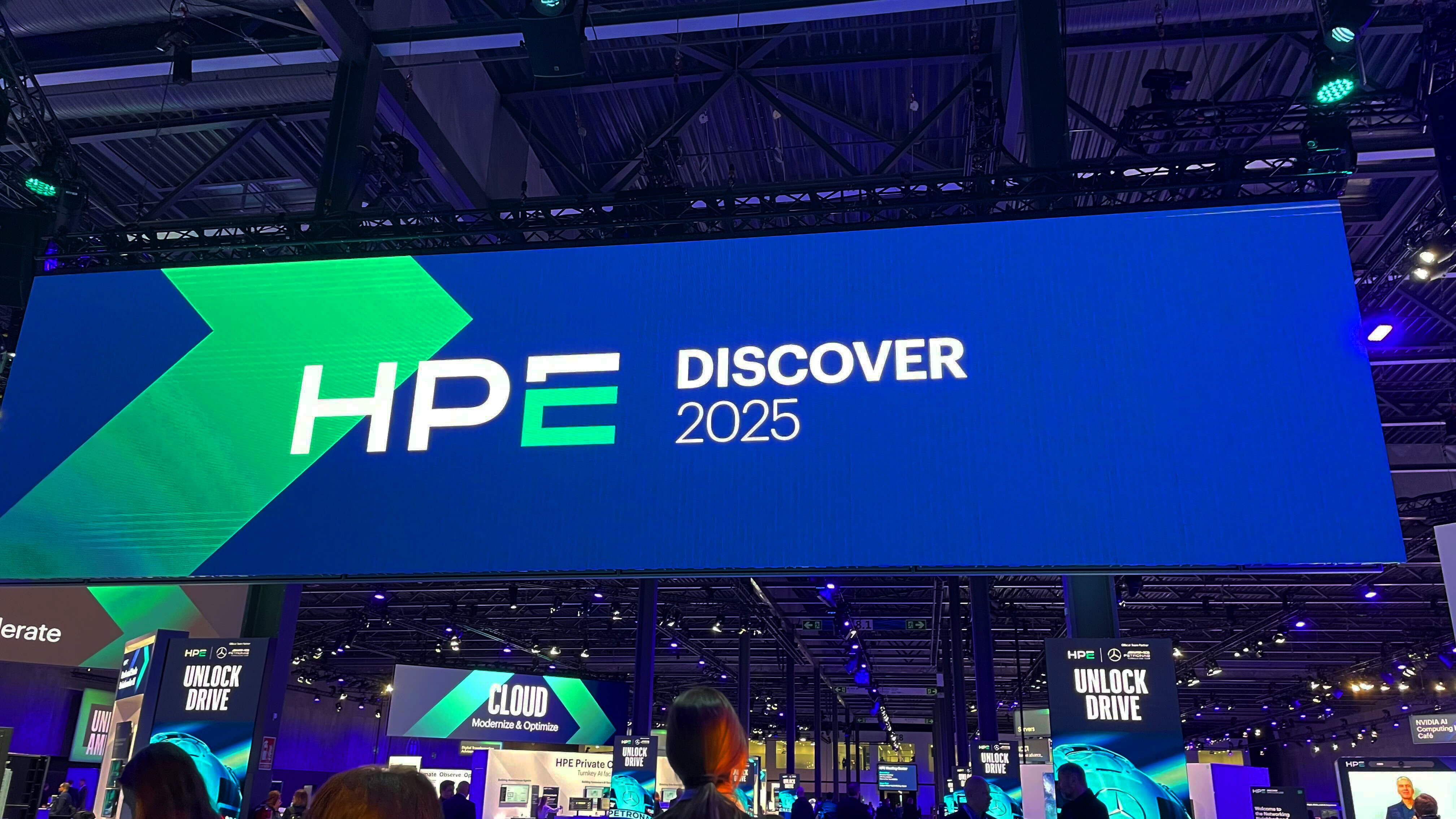 HPE says unified channel strategy won't force Juniper partners to generalize
HPE says unified channel strategy won't force Juniper partners to generalizeNews Does the company embrace specialists or want a full portfolio push? The answer, it seems, is both
-
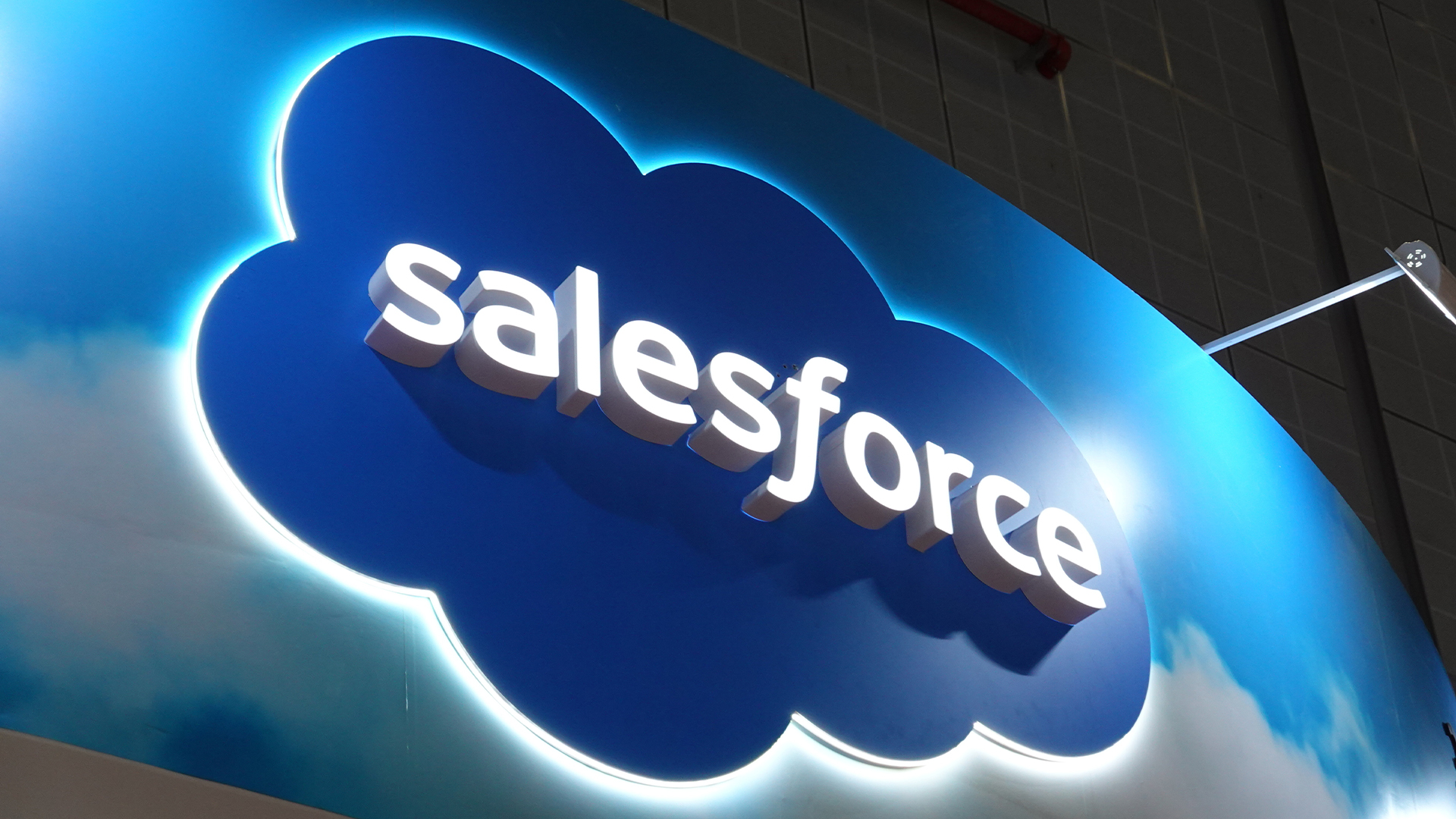 Salesforce opens up Agentforce 360 for partners to drive agent development
Salesforce opens up Agentforce 360 for partners to drive agent developmentNews Salesforce has opened up its Agentforce 360 platform to allow partners to build and sell AI agents and applications.
-
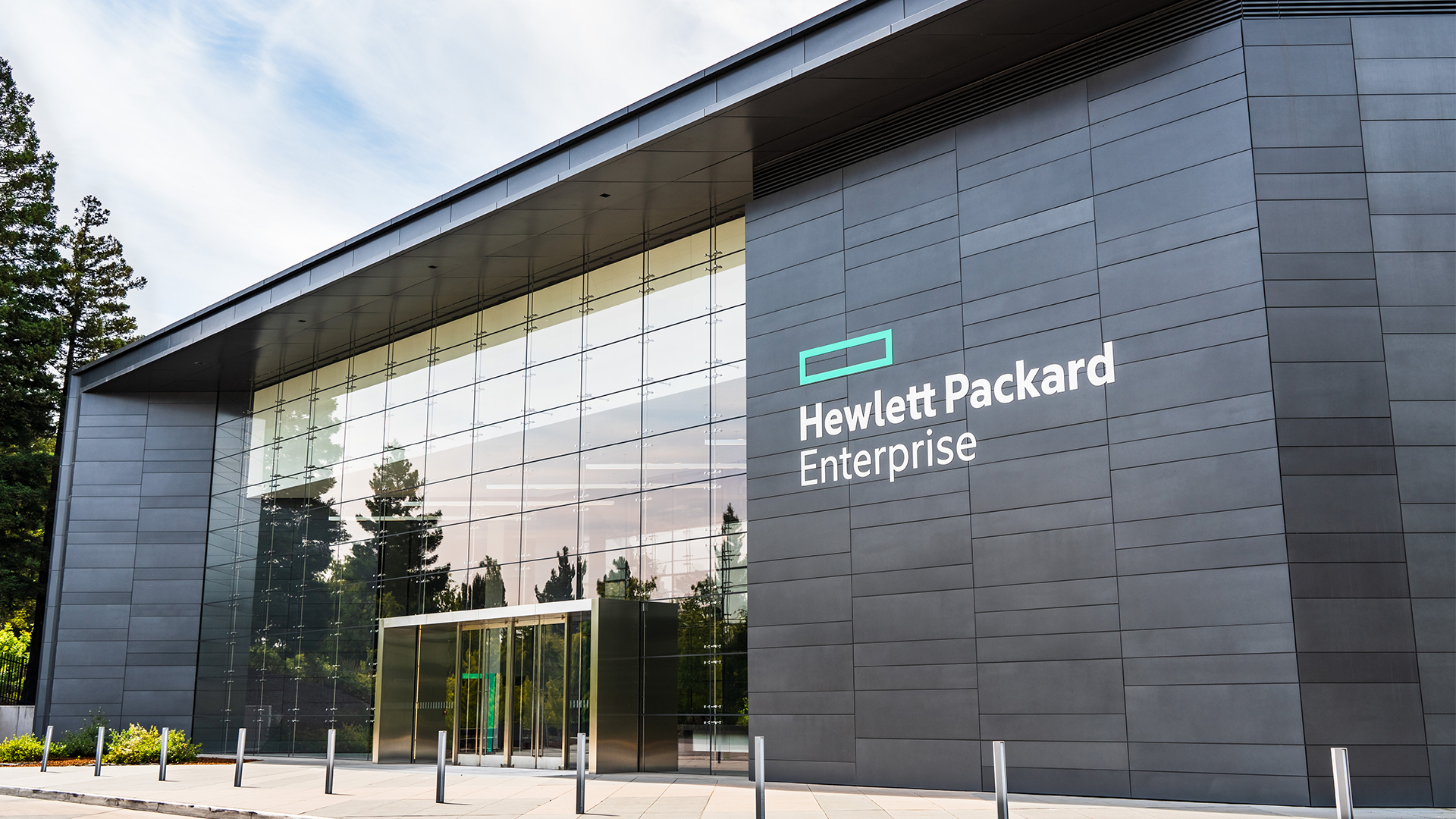 HPE launches first phase of new-look Partner Ready Vantage program
HPE launches first phase of new-look Partner Ready Vantage programNews The IT giant’s freshly unified channel initiative combines its legacy programs into a single framework
-
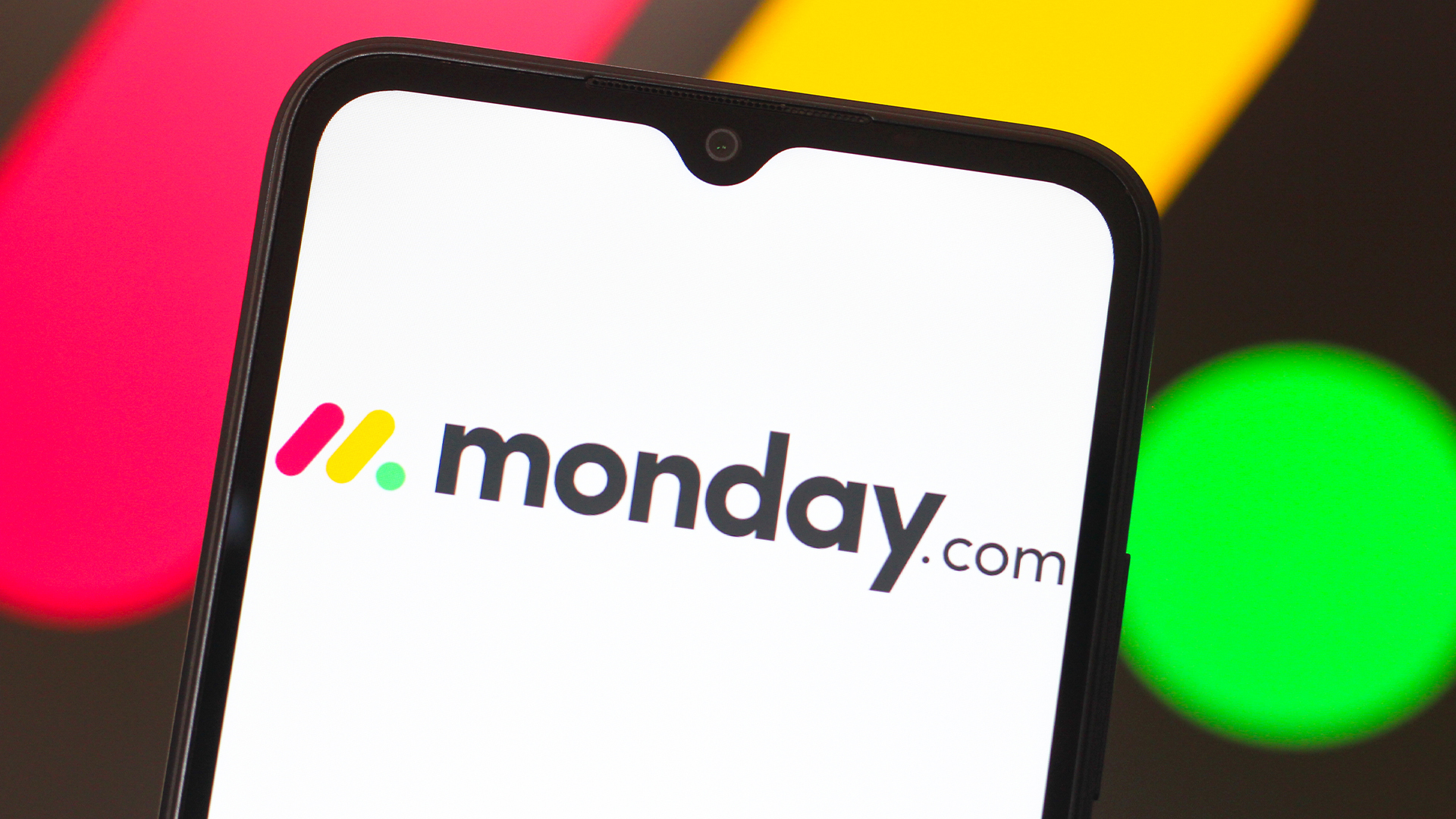 Monday.com expands partner program with new AI and Service specializations
Monday.com expands partner program with new AI and Service specializationsNews The software provider has refreshed its channel ecosystem to recognize and reward top-performing AI and Service partners
-
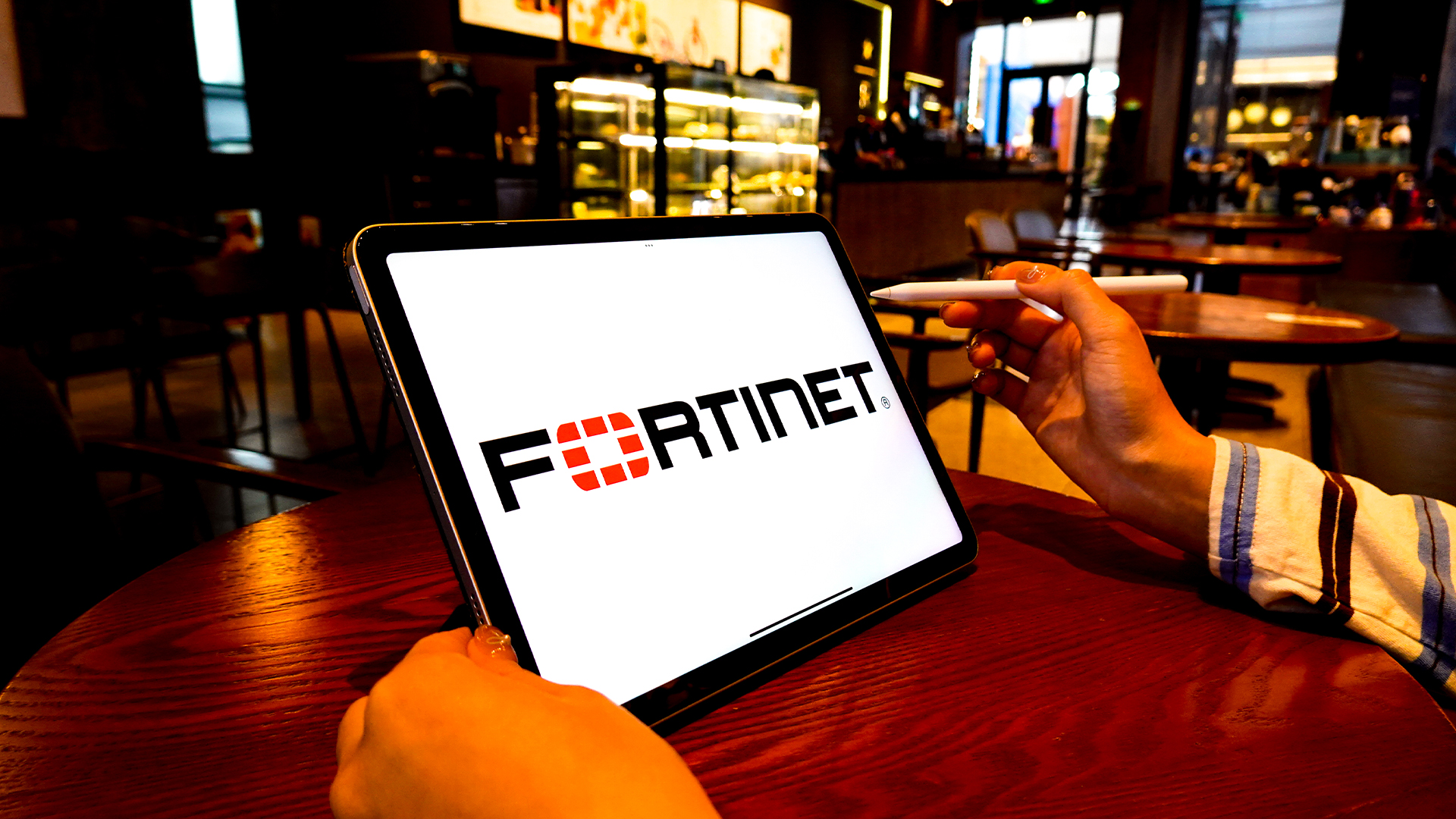 ‘We are helping organizations strengthen their overall security postures’: Fortinet hits major milestone as partner program surpasses 400 partners
‘We are helping organizations strengthen their overall security postures’: Fortinet hits major milestone as partner program surpasses 400 partnersNews Fortinet's Fabric-Ready Technology Alliance Partner Program now boasts more than 3,000 integrations
-
 Red Hat targets greater partner autonomy with latest channel updates
Red Hat targets greater partner autonomy with latest channel updatesThe open source giant has cut the ribbon on the Red Hat Specialized Partner Program and a new Partner Demand Center
-
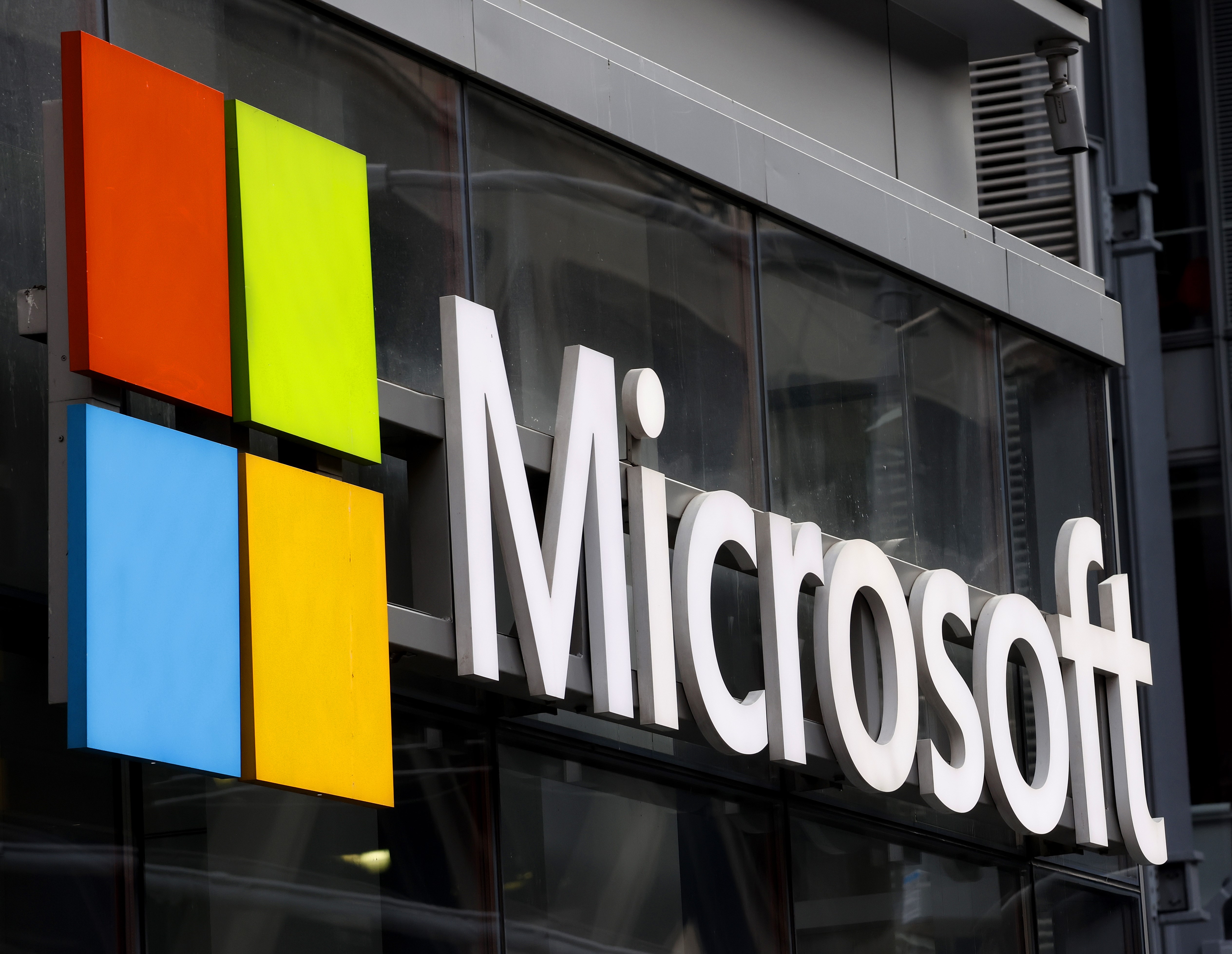 Insight strikes new Microsoft agreement to drive cloud growth
Insight strikes new Microsoft agreement to drive cloud growthNews The new agreement builds on the organizations' existing AI-focused relationship
-
 Let it snow: The cloud never bothered partners anyway
Let it snow: The cloud never bothered partners anywayIn-depth Snowflake has set its sights high in terms of revenue growth and customer success, with channel partners set to play starring roles
